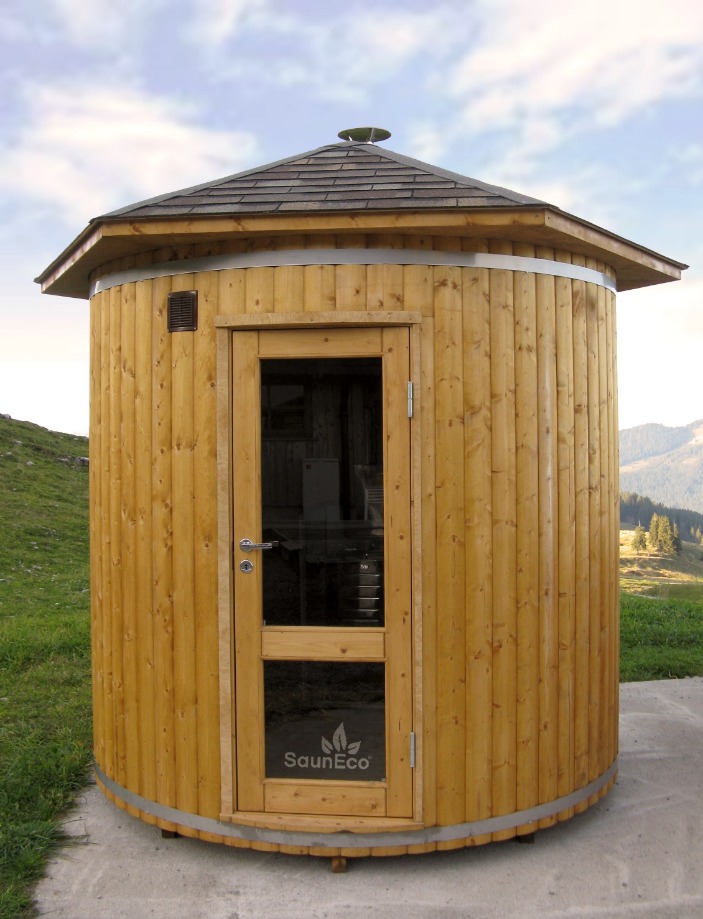In today’s advanced technological landscape, FLIR thermal cameras stand as pivotal devices, transforming various industries with their cutting-edge features and unparalleled performance. This article delves deep into the nuances of these fascinating tools and their applications.
What are FLIR Thermal Cameras?
FLIR, or Forward-Looking InfraRed, thermal cameras are specialized devices designed to detect infrared radiation, converting it into a visual image that represents temperature variations. These cameras enable users to see heat patterns, which are invisible to the naked eye.
Key Features of FLIR Thermal Cameras
-
Read more about flir thermal imaging camera here.
- High Resolution Detection: Offers clear and precise thermal imaging.
- Wide Temperature Range: Capable of capturing temperature variations over a broad spectrum.
- Portable Designs: Available in handheld, mountable, and even drone-compatible models.
- Advanced Software Integration: Seamless data analysis and reporting capabilities.
Applications of FLIR Thermal Cameras
These powerful imaging devices find extensive use across varied sectors:
Industrial Maintenance and Inspection
FLIR thermal cameras are invaluable in predictive maintenance, helping identify overheating components, prevent machinery failure, and improve operational efficiency.
Building Inspections
Essential for identifying thermal leaks, moisture issues, and electrical faults in buildings, offering significant cost savings and ensuring safety.
Public Safety and Firefighting
Crucial in search and rescue operations, allowing firefighters and rescue teams to locate people through smoke, fog, and darkness.
Health and Veterinary Medicine
Used to monitor temperature variations in humans and animals, aiding in early fever detection and ensuring better healthcare outcomes.
Environmental Monitoring
Helps in tracking wildlife, monitoring ecosystems, and studying environmental changes with non-intrusive methods.
FAQs About FLIR Thermal Cameras
- What is the principle behind thermal imaging?
- Can FLIR thermal cameras see through walls?
- Are FLIR thermal cameras safe for use?
- What is the temperature range FLIR cameras can detect?
Thermal imaging detects infrared radiation, which all objects emit, and converts it into an image reflecting temperature variances.
While they cannot see through walls, they can detect temperature changes on surfaces, indicating issues behind walls.
Yes, they are non-intrusive and use passive infrared detection, posing no harm to users.
They typically detect temperatures ranging from -40°C to 1500°C, depending on the model.
The versatility and advanced technological integration of FLIR thermal cameras undeniably make them essential tools across various fields. Their ability to provide precise, reliable thermal imaging continues to revolutionize industries and enhance safety and efficiency standards.



